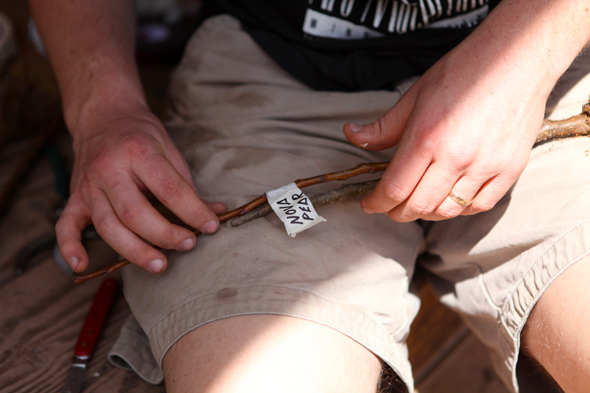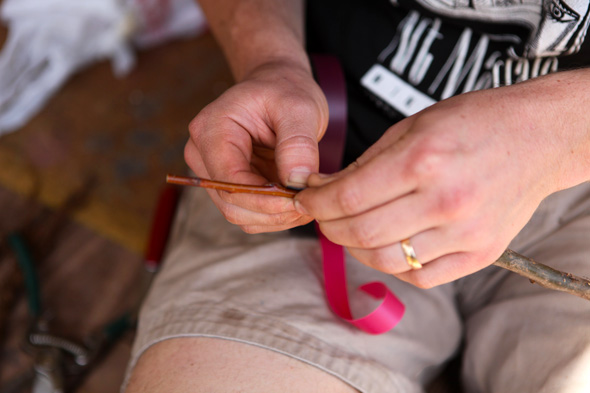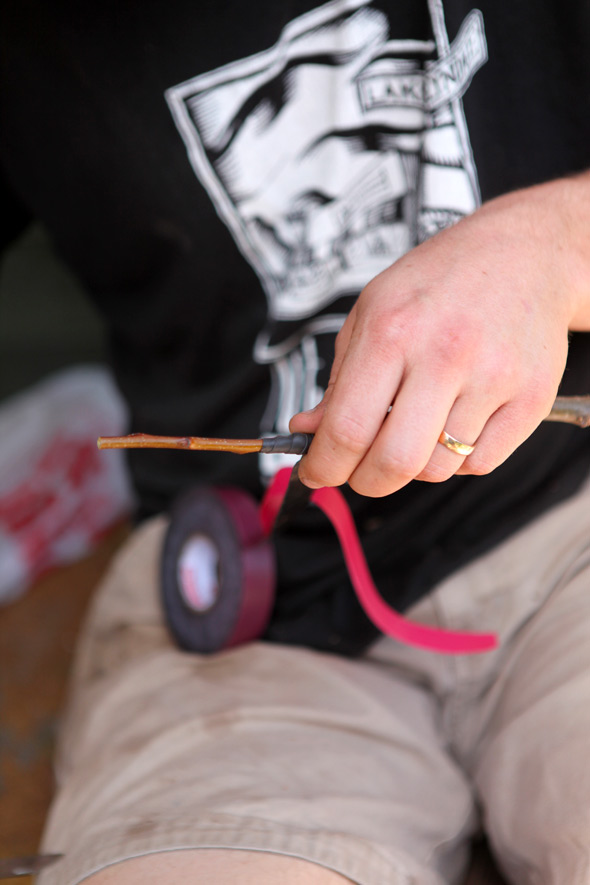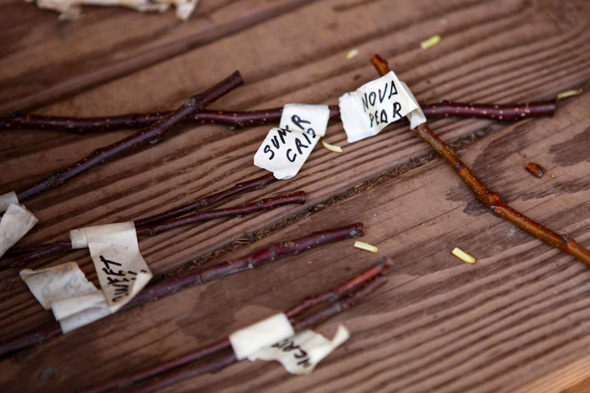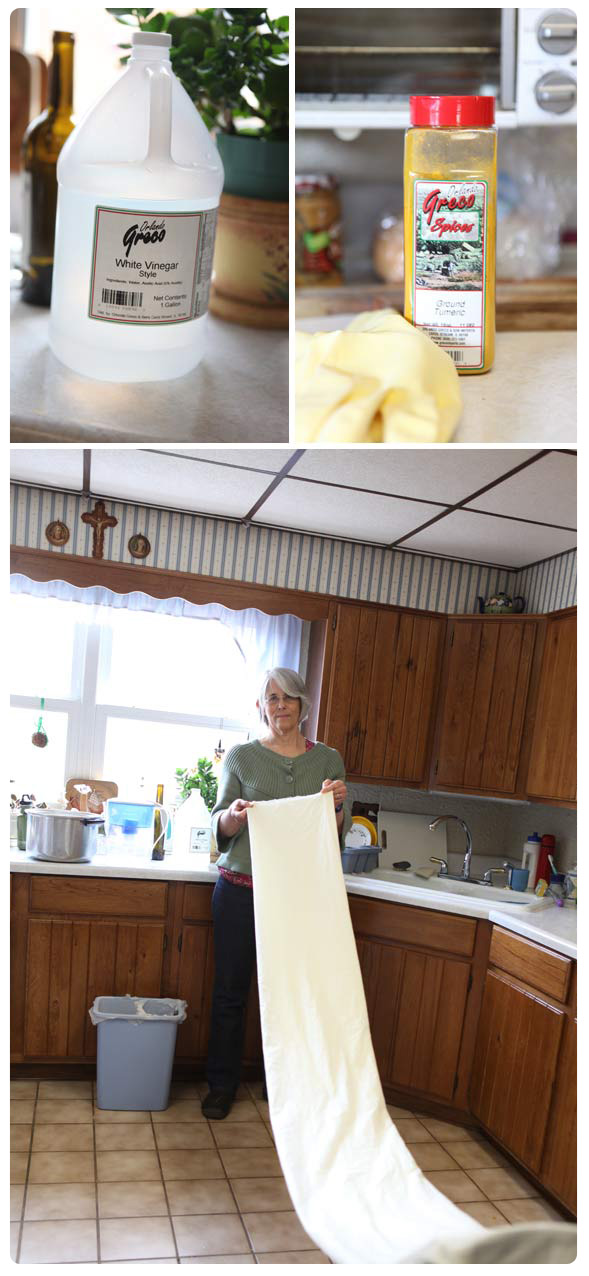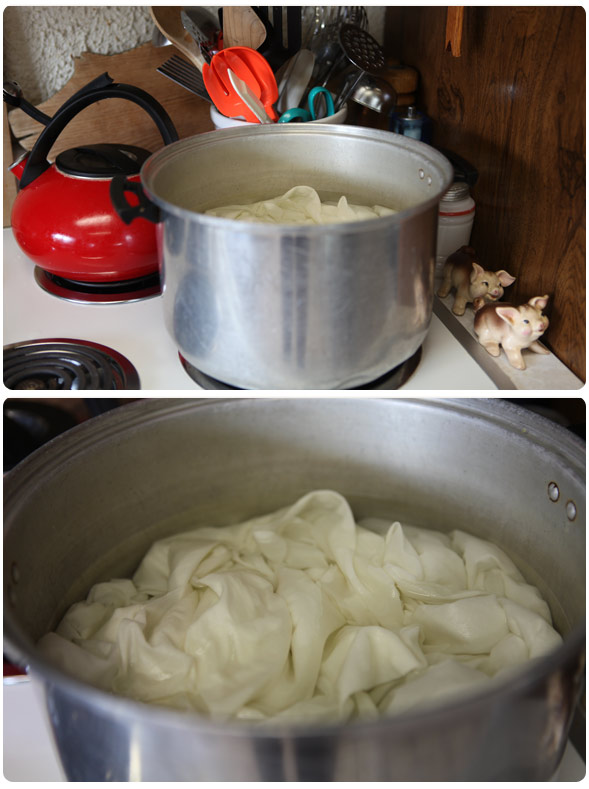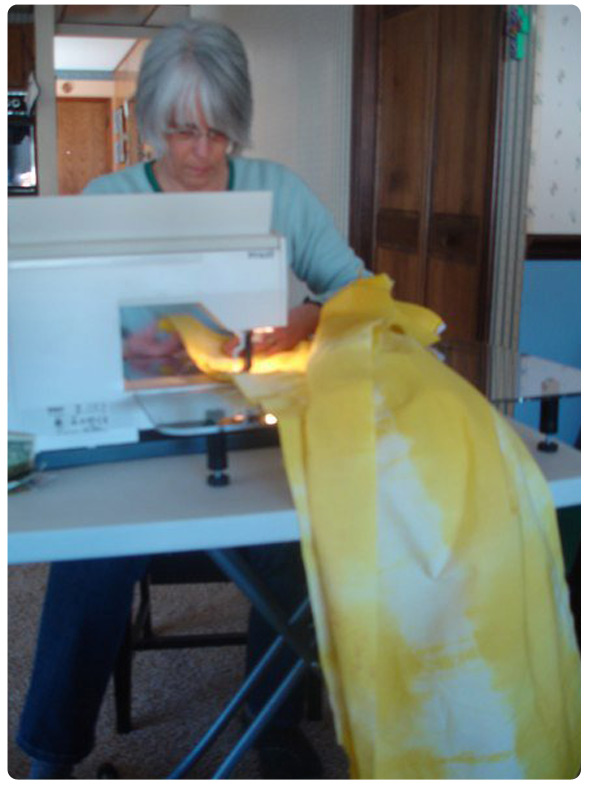Mike and I share a love of fresh fruit- especially the kinds that can be grown in our northern climate. Where we live- the Chequamegon Peninsula- is considered one of the best regions to grow fruit in the north part of the country. Apple orchards are everywhere up here, and the town to our north hosts a huge Apple Fest every October.
Fruit trees bring beauty to any property with their gorgeous and divine-smelling blossoms. They’re small {especially if you stick to the dwarf varieties and prune them} so even if you don’t own much land, you can enjoy them! We planted a Compass Cherry tree in our tiny front yard when we lived Duluth– it was a housewarming gift from my dad- and it did great and gave us juicy dark red cherries every June!
Go do some research, figure out what types grow in your zone, and place an order with these guys! You can thank me later when you’re enjoying your first homegrown fruit salad. 😉
Now that we own enough land to do it, we’re planting our own orchard {not a commercial one- just for us and family/friends/locals who want to come and pick}. We’ll be doing some apples, but since there are already so many apple orchards around, our focus will be different varieties of cherries, pears, plums, and apricots. We’re also determined to coax a peach tree or two to survive up here…but we’ll see about that…
We splurged and purchased about 11 potted fruit trees from the Winter Greenhouse that are already several years old, but most of our trees will be started as scions, which need to be matched with a rootstock. This is the more affordable way to go about growing fruit trees, if you plan on having a lot of them. It also forced us to learn the valuable skill of grafting.
Our friendly University of Wisconsin Extension Agent stopped by our house and gave us a lesson {it’s his job to assist anyone in the area who asks for help with anything agricultural. And we didn’t have to pay him because the UW does. What a sweet deal, huh??!?} After the lesson, Mike got busy with all the little scions that have been sitting in our ‘fridge.
Here is a visual guide to the process, but we are not professionals, so if you plan on trying this yourself, I would recommend reading one of these books before you start.
Pick a rootstock and a scion that are similar in size.
We’ve chosen to do a tongue-and-groove joint {there are several different ways of joining grafts}. Shave one end of the scion with a sharp pocket knife in one smooth stroke on each side to create a nice point. The cambium {the inner layer of the scion} is now exposed, and this is the part of the scion that fuses with the rootstock.
Notch the end of the rootstock with the pocket knife, creating a slit in which the pointy scion tip will fit. The *most* important thing here is for the scion’s and rootstock’s cambiums to be perfectly matched up: living tissue in contact with the other living tissue.
Holding the scion and the roostock together firmly, wrap the connection with stretchy rubber tape- pulling the tape tight as you do.
Ta-da! Look how cute. This one’s ready to grow big and strong.
Keep it out of frost for now, and do not touch the graft! It is extremely fragile until it heals. If you, or anything else, bumps it at all, the cambiums could become mismatched and the two parts will not fuse together.
Now just repeat the process a bunch more times…

